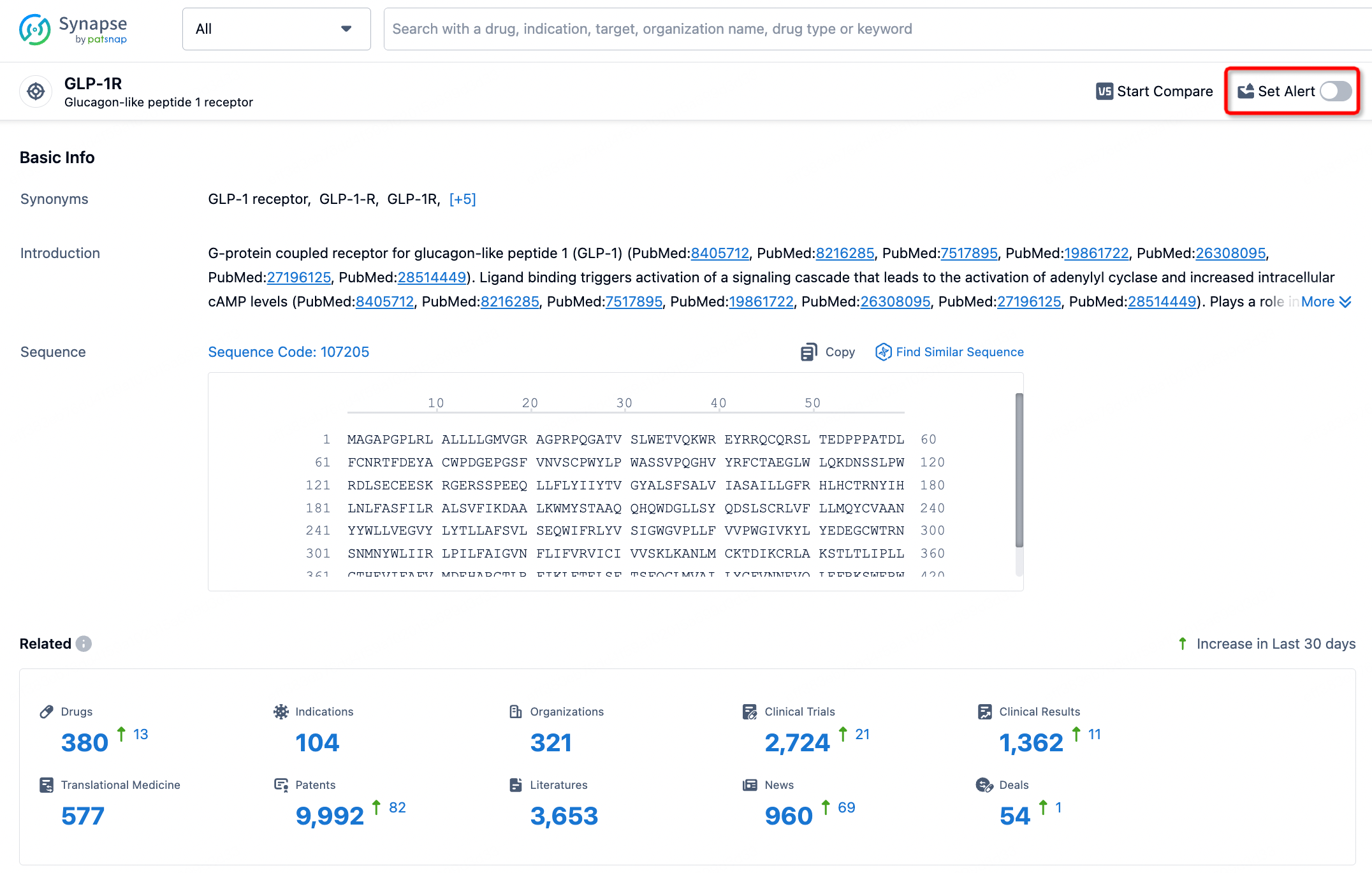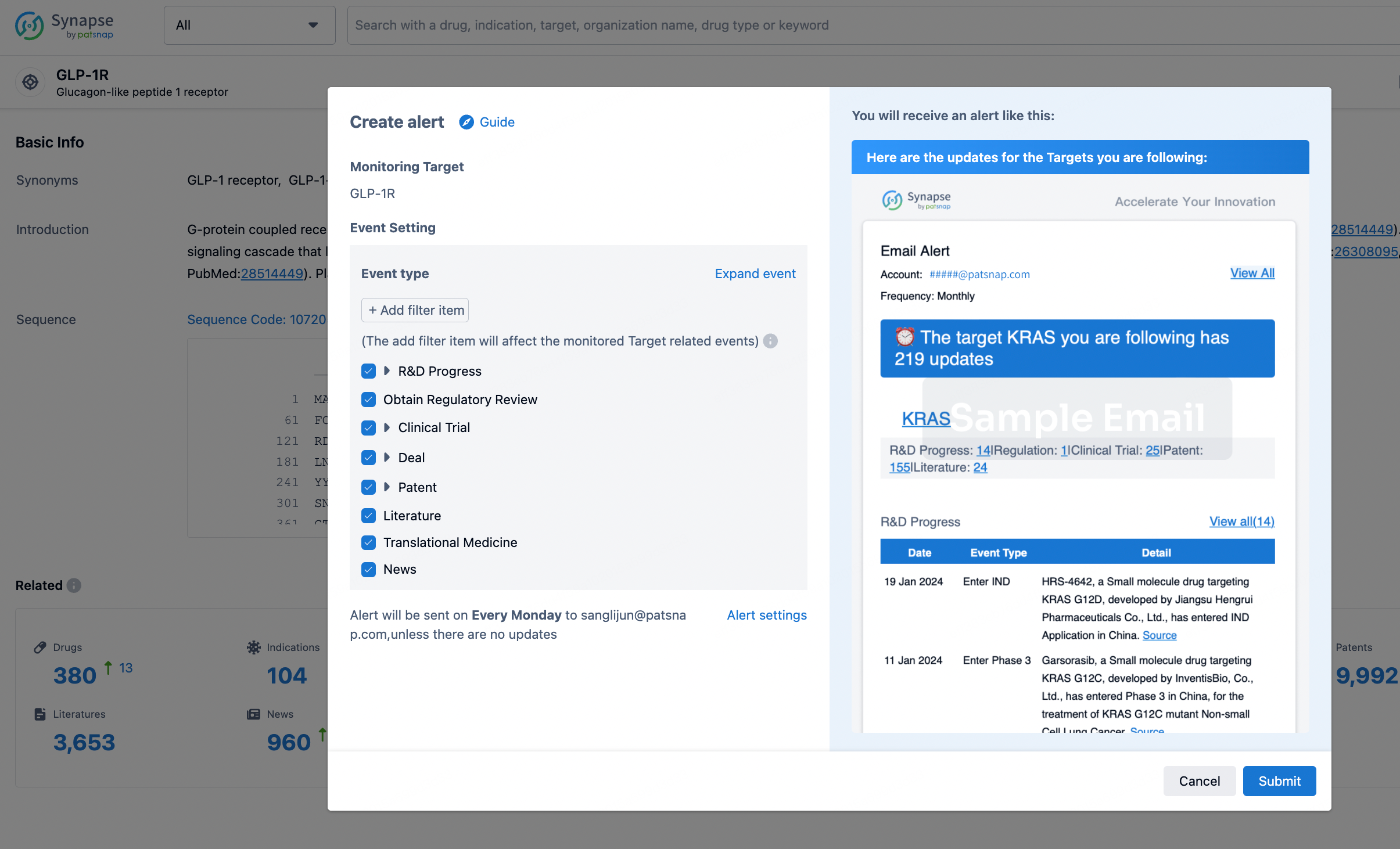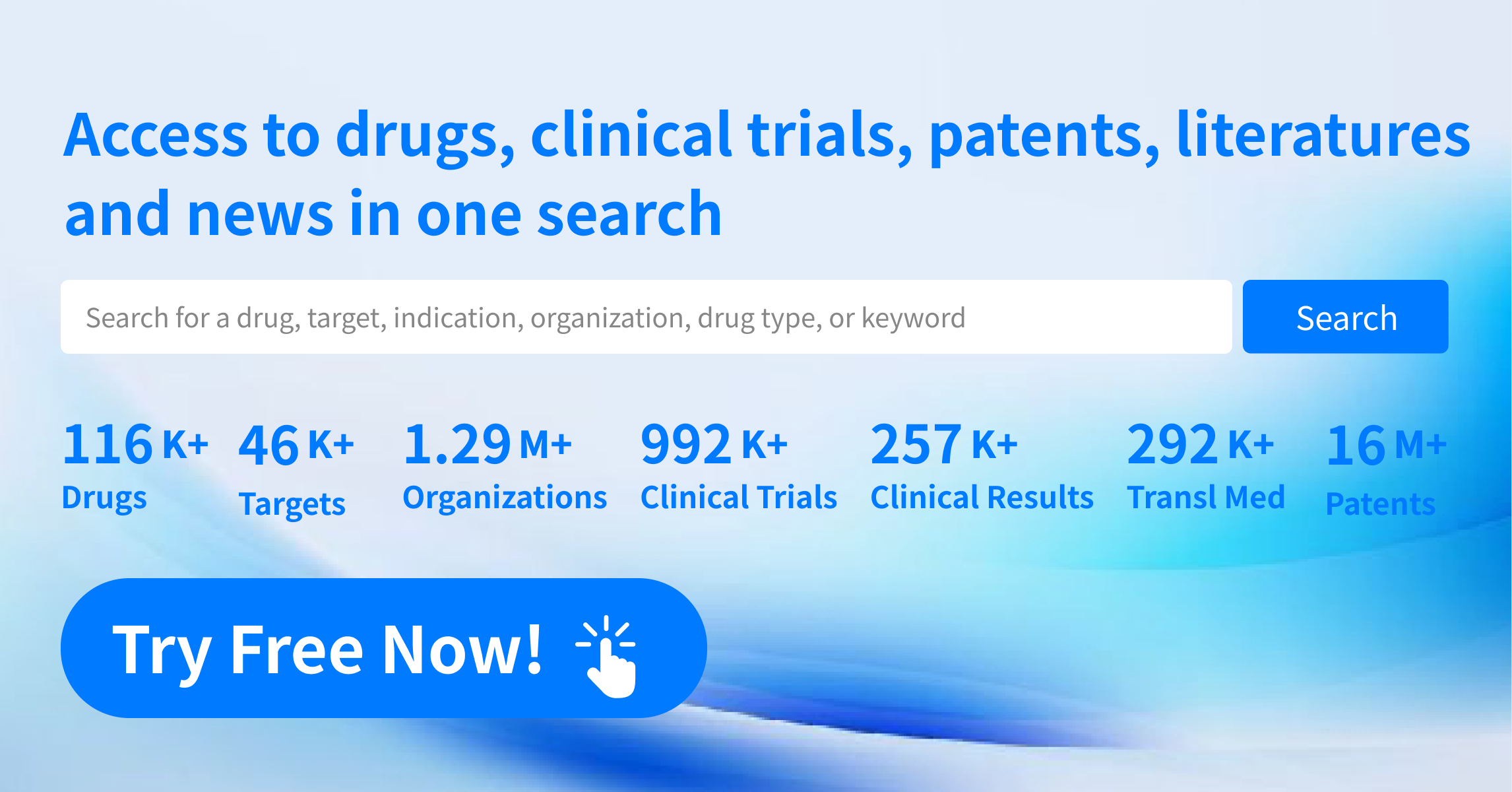Request Demo
What are EP3 antagonists and how do they work?
25 June 2024
EP3 antagonists represent a fascinating and rapidly evolving area of pharmacology with significant therapeutic potential. As medical research continues to uncover the intricate ways our bodies maintain balance and respond to disease, EP3 antagonists emerge as crucial players in managing various conditions. This blog post delves into the mechanisms by which EP3 antagonists operate, their applications, and the promising future they hold in medicine.
EP3 antagonists are a class of compounds that target the EP3 receptor, one of the four subtypes of the prostaglandin E2 (PGE2) receptors. The EP3 receptor is a G-protein-coupled receptor that plays a significant role in diverse physiological processes, including inflammation, pain perception, and the regulation of body temperature. By hindering the action of PGE2 on the EP3 receptor, these antagonists can modulate these physiological responses, offering potential therapeutic benefits in a variety of conditions.
To understand how EP3 antagonists work, it's essential first to grasp the role of prostaglandins in the body. Prostaglandins are lipid compounds derived from fatty acids that perform hormone-like functions. They are involved in a wide range of processes, such as inflammation, pain, fever, and the regulation of blood flow to certain organs. PGE2 is one of the most widely studied prostaglandins because of its involvement in inflammation and pain pathways. Upon binding to the EP3 receptor, PGE2 can initiate a cascade of cellular events that lead to inflammatory responses.
EP3 antagonists operate by binding to the EP3 receptor, thereby blocking the binding of PGE2. This inhibition prevents the downstream signaling events that would typically result in inflammation, pain, or other related physiological responses. The ability to selectively block the EP3 receptor means that these antagonists can modulate specific pathways without broadly suppressing all prostaglandin functions, which can lead to fewer side effects compared to other anti-inflammatory drugs.
The therapeutic applications of EP3 antagonists are broad and promising. One of the most significant areas of interest is in the treatment of inflammatory diseases. Conditions like rheumatoid arthritis, osteoarthritis, and inflammatory bowel disease involve chronic inflammation, and current treatments often come with substantial side effects. EP3 antagonists could offer a new avenue for treatment with potentially fewer adverse effects.
Pain management is another key area where EP3 antagonists show promise. Chronic pain, whether due to conditions like fibromyalgia or neuropathy, is often challenging to manage with existing medications. By specifically targeting the EP3 receptor, these antagonists could offer relief without the addiction risks associated with opioid treatments or the gastrointestinal side effects common with nonsteroidal anti-inflammatory drugs (NSAIDs).
Additionally, EP3 antagonists are being explored for their potential in treating conditions like fever and certain cardiovascular diseases. For instance, by modulating the body’s temperature regulation pathways, these antagonists could help manage fever more effectively. In cardiovascular diseases, the role of EP3 in regulating blood flow and vascular function means that antagonists could potentially be used to treat conditions like hypertension or atherosclerosis.
Another exciting area of research is the potential use of EP3 antagonists in cancer therapy. Some studies suggest that the PGE2-EP3 signaling pathway can promote tumor growth and metastasis. By blocking this pathway, EP3 antagonists could potentially inhibit cancer progression and improve the efficacy of existing cancer treatments.
The future of EP3 antagonists in medicine is bright, with ongoing research likely to uncover even more applications and refine their use in current treatments. As our understanding of the role of the EP3 receptor in various physiological processes deepens, the development of more selective and potent EP3 antagonists could revolutionize the way we treat a wide range of diseases. In a landscape where precision medicine is becoming increasingly important, EP3 antagonists offer a promising tool for targeted therapeutic interventions, potentially improving outcomes and quality of life for many patients.
EP3 antagonists are a class of compounds that target the EP3 receptor, one of the four subtypes of the prostaglandin E2 (PGE2) receptors. The EP3 receptor is a G-protein-coupled receptor that plays a significant role in diverse physiological processes, including inflammation, pain perception, and the regulation of body temperature. By hindering the action of PGE2 on the EP3 receptor, these antagonists can modulate these physiological responses, offering potential therapeutic benefits in a variety of conditions.
To understand how EP3 antagonists work, it's essential first to grasp the role of prostaglandins in the body. Prostaglandins are lipid compounds derived from fatty acids that perform hormone-like functions. They are involved in a wide range of processes, such as inflammation, pain, fever, and the regulation of blood flow to certain organs. PGE2 is one of the most widely studied prostaglandins because of its involvement in inflammation and pain pathways. Upon binding to the EP3 receptor, PGE2 can initiate a cascade of cellular events that lead to inflammatory responses.
EP3 antagonists operate by binding to the EP3 receptor, thereby blocking the binding of PGE2. This inhibition prevents the downstream signaling events that would typically result in inflammation, pain, or other related physiological responses. The ability to selectively block the EP3 receptor means that these antagonists can modulate specific pathways without broadly suppressing all prostaglandin functions, which can lead to fewer side effects compared to other anti-inflammatory drugs.
The therapeutic applications of EP3 antagonists are broad and promising. One of the most significant areas of interest is in the treatment of inflammatory diseases. Conditions like rheumatoid arthritis, osteoarthritis, and inflammatory bowel disease involve chronic inflammation, and current treatments often come with substantial side effects. EP3 antagonists could offer a new avenue for treatment with potentially fewer adverse effects.
Pain management is another key area where EP3 antagonists show promise. Chronic pain, whether due to conditions like fibromyalgia or neuropathy, is often challenging to manage with existing medications. By specifically targeting the EP3 receptor, these antagonists could offer relief without the addiction risks associated with opioid treatments or the gastrointestinal side effects common with nonsteroidal anti-inflammatory drugs (NSAIDs).
Additionally, EP3 antagonists are being explored for their potential in treating conditions like fever and certain cardiovascular diseases. For instance, by modulating the body’s temperature regulation pathways, these antagonists could help manage fever more effectively. In cardiovascular diseases, the role of EP3 in regulating blood flow and vascular function means that antagonists could potentially be used to treat conditions like hypertension or atherosclerosis.
Another exciting area of research is the potential use of EP3 antagonists in cancer therapy. Some studies suggest that the PGE2-EP3 signaling pathway can promote tumor growth and metastasis. By blocking this pathway, EP3 antagonists could potentially inhibit cancer progression and improve the efficacy of existing cancer treatments.
The future of EP3 antagonists in medicine is bright, with ongoing research likely to uncover even more applications and refine their use in current treatments. As our understanding of the role of the EP3 receptor in various physiological processes deepens, the development of more selective and potent EP3 antagonists could revolutionize the way we treat a wide range of diseases. In a landscape where precision medicine is becoming increasingly important, EP3 antagonists offer a promising tool for targeted therapeutic interventions, potentially improving outcomes and quality of life for many patients.
How to obtain the latest development progress of all targets?
In the Synapse database, you can stay updated on the latest research and development advances of all targets. This service is accessible anytime and anywhere, with updates available daily or weekly. Use the "Set Alert" function to stay informed. Click on the image below to embark on a brand new journey of drug discovery!
AI Agents Built for Biopharma Breakthroughs
Accelerate discovery. Empower decisions. Transform outcomes.
Get started for free today!
Accelerate Strategic R&D decision making with Synapse, PatSnap’s AI-powered Connected Innovation Intelligence Platform Built for Life Sciences Professionals.
Start your data trial now!
Synapse data is also accessible to external entities via APIs or data packages. Empower better decisions with the latest in pharmaceutical intelligence.


